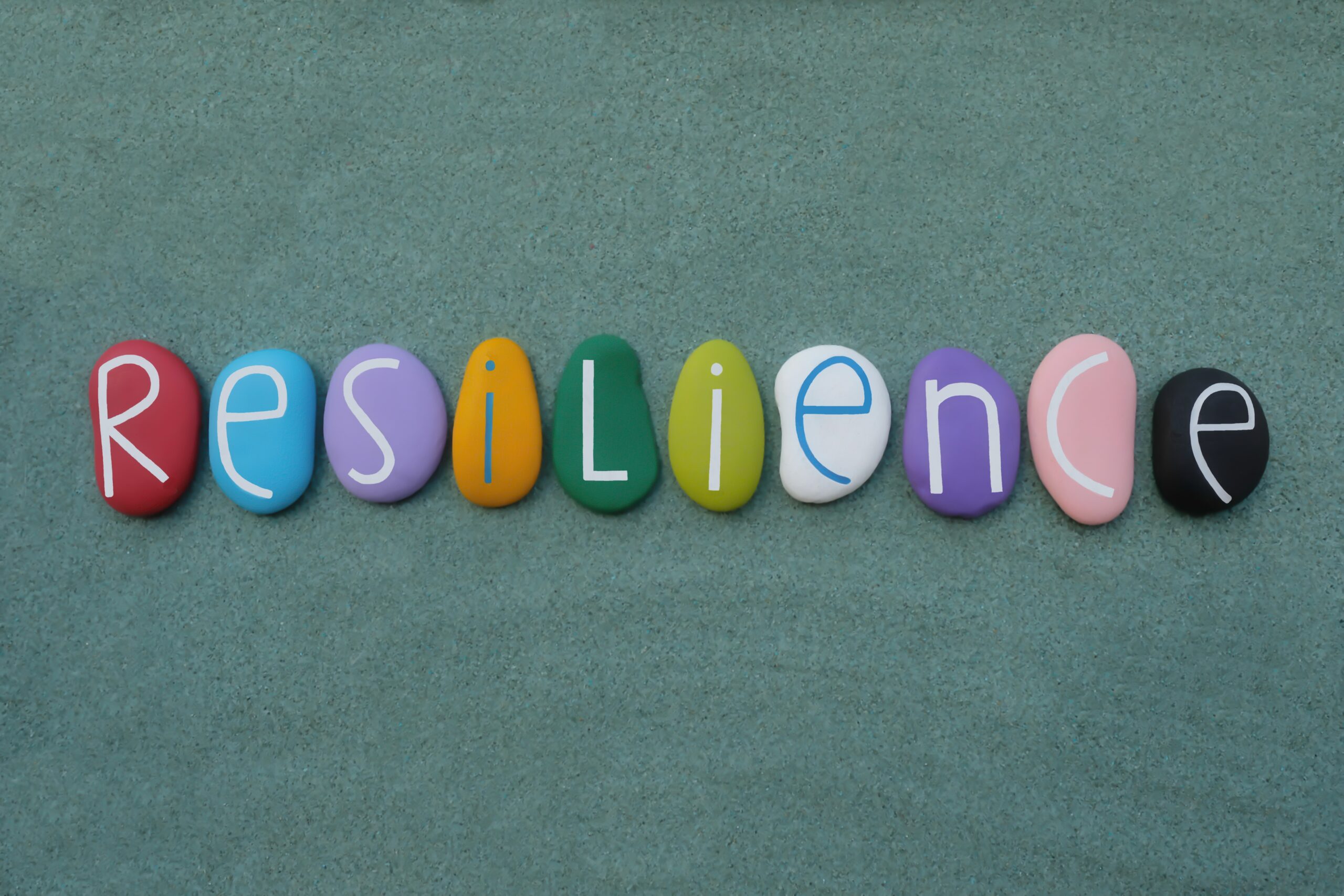New research suggests that trauma exposure can lead to significant changes in the brain, making…

What is Resilience?
There are various perspectives on resilience – is it a trait, an ability, or an outcome? Some may view resilience as an inherent quality, a seamless part of one’s personality. Alternatively, others might consider it a skill that requires development through practice, suggesting that with sufficient effort, one can achieve a level of mastery. Resilience can also be perceived as the result of enduring hardship and experiencing growth from it; the journey of recovery can ultimately create a stronger foundation.
The 5 Steps to Building Resilience
- Cultivate Self-Awareness
Make it a habit to periodically reflect on yourself. Pose questions like, “What emotions or physical sensations am I experiencing right now?”, “What do I require at this moment?”, and “Am I feeling connected and present with those around me and with myself?” - Foster Hope
Hope is a precious gift you offer to yourself. How can you nurture this sense of hope? Appreciating the beauty of nature or embracing a good sense of humor can be powerful ways to maintain a positive perspective. - Cultivate and Strengthen Healthy Coping Skills
Engaging in new activities, exploring a new hobby, or practicing breathing exercises are effective ways to master coping mechanisms. Discovering something you genuinely enjoy can provide a helpful distraction when emotions become challenging to handle. - Cultivate Your Relationships
Friends and family are vital assets for fostering resilience. Make it a habit to offer support alongside seeking it from others. Consistency, reliability, and being present are essential for nurturing these important connections. - Keep the Big Picture in Mind
Take a moment to pause and reflect. Staying centered and concentrating on what truly matters in your life can help balance your current feelings with the progress you’ve made. The journey toward resilience is ongoing, and there is always room for growth.
Resilience Facts
- Our brains are naturally inclined to emphasize the negative (known as negativity bias), but we have the ability to train ourselves to concentrate on the positive and anticipate good outcomes.
- Rather than simply “bouncing back,” we can move forward into a new normal.
- Resilience is a skill that can be cultivated and practiced.
- Often, those who have experienced significant trauma emerge as the most resilient individuals.
- Only 1 in 10 trauma survivors goes on to develop PTSD.
Traumatic Stress Triggers
- Can occur unexpectedly or suddenly
- Are beyond our control
- May trigger feelings of fear, anxiety, or panic
- Can be triggered by images, sounds, individuals, or locations
Tips to Remember
- Concentrate on what is within your control
- Establish boundaries and maintain realistic expectations
- Stay aware – cultivate optimism, positivity, and gratitude
- Anticipate positives rather than negatives
- Recognize your emotions – identify what you are feeling
- Foster positive connections and relationships
Questions to Ask Yourself Every Day
- What are the things I am thankful for today?
- Who will I be connecting with today?
- What preconceived notions of normalcy am I choosing to release today?
- In what ways am I spending time outdoors today?



